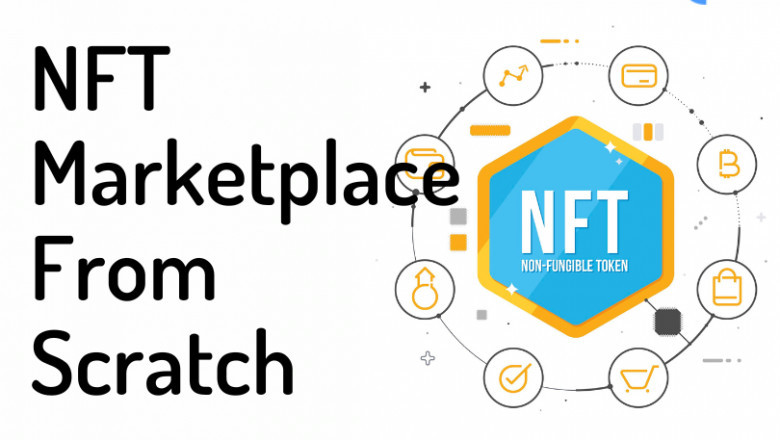views
In the fast-evolving world of blockchain technology, the rise of NFTs has created exciting opportunities for entrepreneurs. If you’re considering starting an NFT Marketplace business, now is the perfect time to dive in. Developing an NFT Marketplace is one of the basic options, if you are curious to start a crypto business in the digital space. One can launch an NFT Marketplace by two popular methods. Choosing the right method is always yours, which suits your business needs.
One of the methods is Development of NFT Marketplace from scratch (i.e from the ground level). If you are a startup, here is a comprehensive guide to help you, Build an NFT Marketplace from scratch.
To make it simpler for you, here is a glimpse of the steps you have to undergo when developing an NFT Marketplace from scratch.
Step 1: Understand the NFT Ecosystem
Before jumping into development, familiarize yourself with the NFT landscape. NFTs are unique digital assets stored on a blockchain, representing ownership of art, music, videos, virtual real estate, and more. Popular marketplaces like OpenSea, Rarible, and Foundation have set benchmarks in terms of functionality and user experience. Analyzing these platforms will help you identify gaps and unique features for your marketplace.
Step 2: Define Your Niche
With competition growing, defining a niche is critical to stand out. Your NFT Marketplace can cater to specific audiences, such as digital artists, sports enthusiasts, gamers, or musicians. A well-defined niche allows you to tailor your platform’s features, branding, and marketing strategies to attract the right users.
Step 3: Choose the Right Blockchain
Selecting the blockchain for your marketplace is a key decision. Ethereum, Binance Smart Chain, Solana, and Polygon are popular choices. Consider factors like transaction speed, scalability, gas fees, and developer support when making your choice. For startups, opting for a blockchain with lower costs and environmental impact, like Polygon or Solana, might be a smart move.
Step 4: Develop the Core Features
An NFT Marketplace typically requires the following features. Some of the necessary features are,
-
User profiles
-
NFT Minting
-
Search and Filters
-
Listings & Auctions
-
Wallet Integration
Step 5: Focus on Security
Since NFT Marketplaces handle digital assets and cryptocurrency transactions, robust security measures are essential. Implement encryption, multi-factor authentication, and regular audits to protect users’ data and funds.
Step 6: Build and Test the Platform
Collaborate with skilled NFT Marketplace Developers in the market, to create the platform’s front-end and back-end. Use reliable frameworks and test extensively to ensure the marketplace is secure, user-friendly, and scalable. You can also integrate APIs for seamless wallet connections and analytics tools for monitoring platform performance.
Thus, these are the important and necessary steps that are needed to be followed in building an NFT Marketplace from scratch.
Building an NFT Marketplace from scratch requires strategic planning, technical expertise, and a deep understanding of the market. By following these steps and focusing on innovation, you can create a platform that not only attracts users but also becomes a significant player in the NFT space. As the NFT industry continues to grow, your marketplace could play a vital role in shaping its future.






















Comments
0 comment